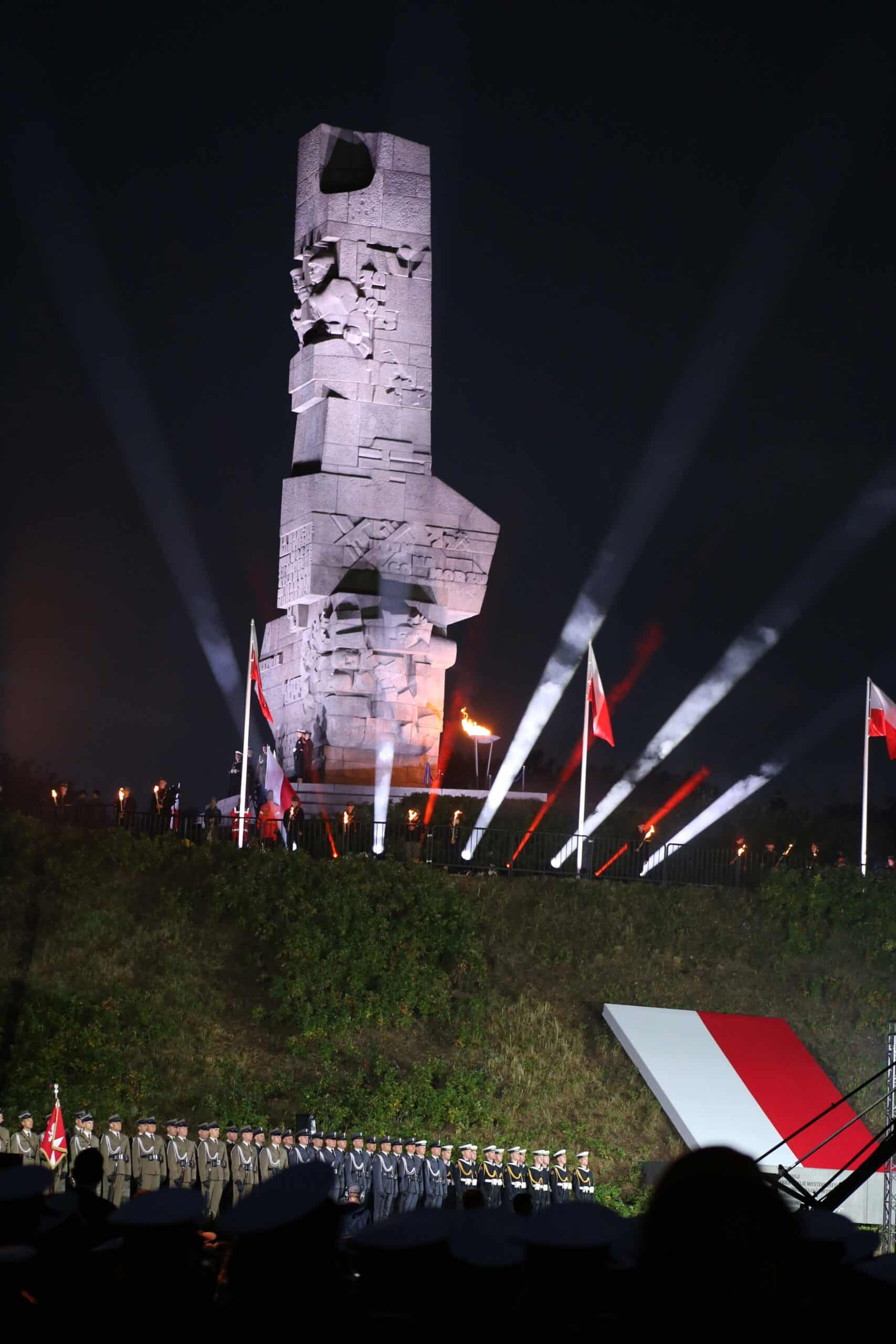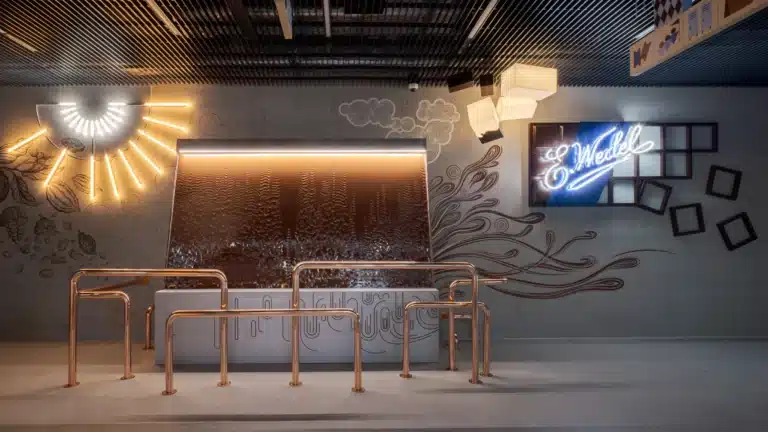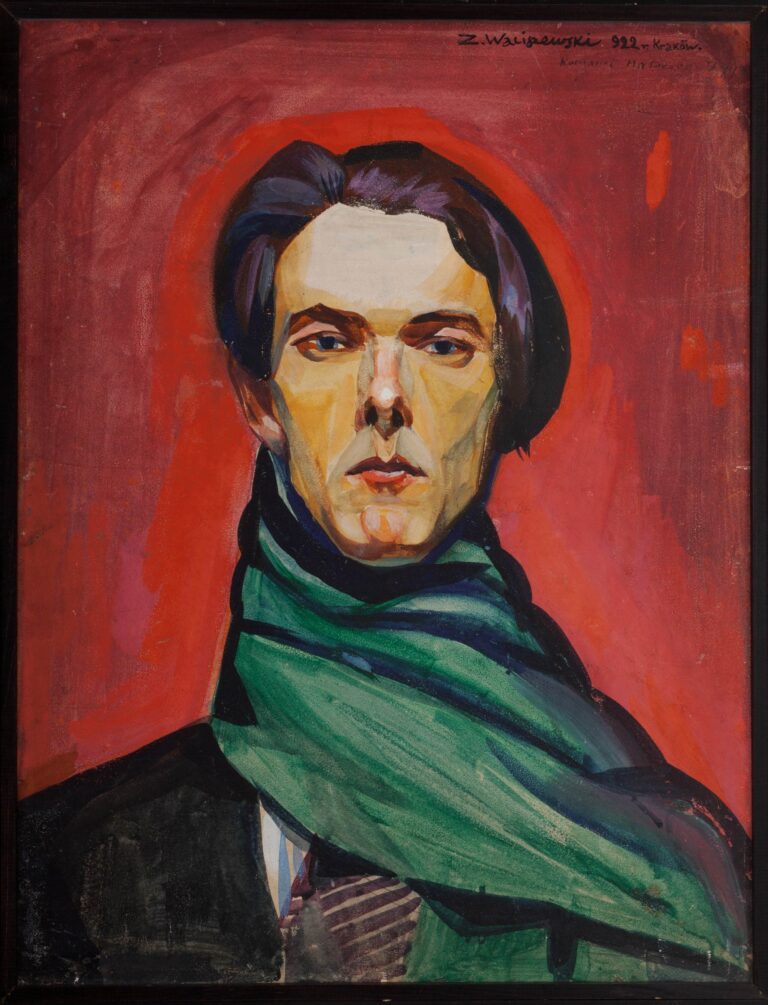A Ride Through History
As the glorious summer weather seemed likely to continue, I decided to go on a final cycling adventure of the year. The Polish countryside can be beautiful in the summer sun, and as the leaves were changing colour, I thought it would be great to spend time outdoors before the long grey winter sets in.
The landscape of central and northern Poland is one huge plain—its flatness makes it ideal for cycling and, unfortunately, tank warfare. German army took full advantage of this during the early days of WWII. The bustling port city of Gdańsk was the focus of several major historical events of the 20th Century.
The Centre of Solidarity
The now-declining shipyards in Gdańsk are the birthplace of the Solidarity movement and with it the end of the Soviet Union and the fall of the Iron Curtain. In 1989, Poland was finally able to hold free elections, resulting in a massive victory for Solidarność, marking the end of Russian domination of Poland.
WWII began with the brutal invasion of Poland by Nazi Germany on 1 September followed by Soviet Russia on 17 September, in accordance with the Ribbentrop-Molotov Pact. This occupation of Poland did not end until some fifty years after the defeat of Hitler’s Germany.
The modern-day city of Gdańsk is now home to the European Solidarity Centre which aims to ensure that the ideals of free, open and democratic societies remain valid—the Poles learned from bitter experience what it was like to not live free and what it costs to regain those freedoms which most Europeans enjoy today. Anyone visiting Gdańsk would do well to spend some time looking around the exhibition at the centre to get a better understanding of what life was like in the People’s Republic of Poland.
Westerplatte
Each year on the anniversary of the start of WWII, there is a ceremony at Westerplatte. In the 1930s, this area of land was the location of a Polish garrison in the free city of Danzig. In the early hours of the morning of 1 September, the German battleship Schleswig-Holstein fired the first salvoes of the war without warning on the unsuspecting Polish soldiers.
For seven days, a small force of approximately 200 held out against the might of the German invasion. Despite attacks from the air, sea, and land, with incredible bravery the garrison fought off the Germans until forced to surrender. This date marks a defining moment in European history. And, it was an emotional experience for me to be there to witness the commemoration of the 80th anniversary in the early hours of the morning.
The Baltic Coast
Gdańsk lies at the mouth of the Vistula. Travelling westwards along the coast it is possible to find beautiful sandy beaches. In late summer, the water is warm enough to swim in. The coastal cities of Gdańsk, Sopot and Gdynia have almost merged so that they are now referred to collectively as the ‘tri-city’ (from the Polish Trojmiasto). Each city is proudly independent with its unique history and yet they are well-connected as the distance between them is not more than 20km.
Sopot was developed in the 19th century as a spa resort its reputation as a playground for Europe’s ruling classes quickly spread leading to further development. Today, there are hotels and spas, bike paths and forest trails, bars and restaurants, all focused on the iconic Sopot Pier.
Gdynia’s history is different, built in the 1920s as a port for the Second Republic of Poland, it is an embodiment of Polish spirit and independence. Gdynia boasts some beautiful beaches with a forest backdrop. The port is home to the destroyer ‘ORP Błyskawica’ a survivor of the dramatic events of WWII. The Polish sailors served alongside their counterparts in the Royal Navy, and the Błyskawica also provided fire support during the Normandy landings.
Gdynia is also home to the Emigration Museum, housed in the former Marine Station. It offers a fascinating insight into the history of Poland and aims to educate visitors as to why so many emigrated by choice or were forced to leave this beautiful country.
The people of Poland have suffered greatly over the last few centuries. Those who paid dearly for our freedom are honoured; their sacrifice is not forgotten.







